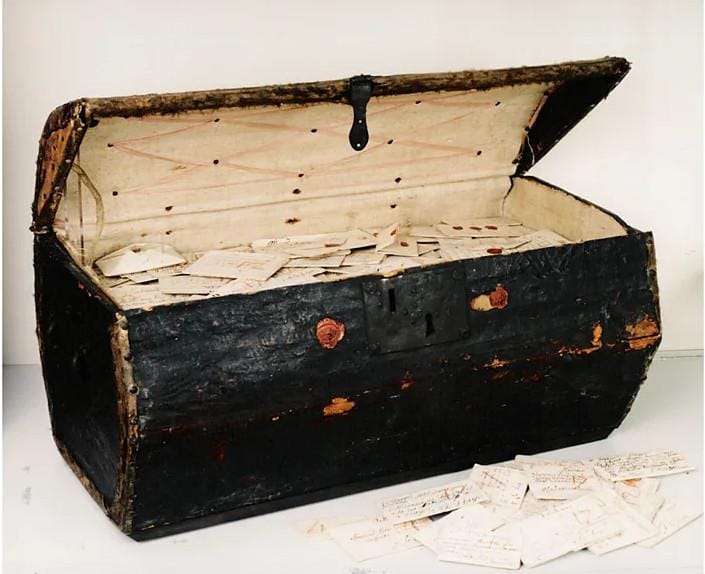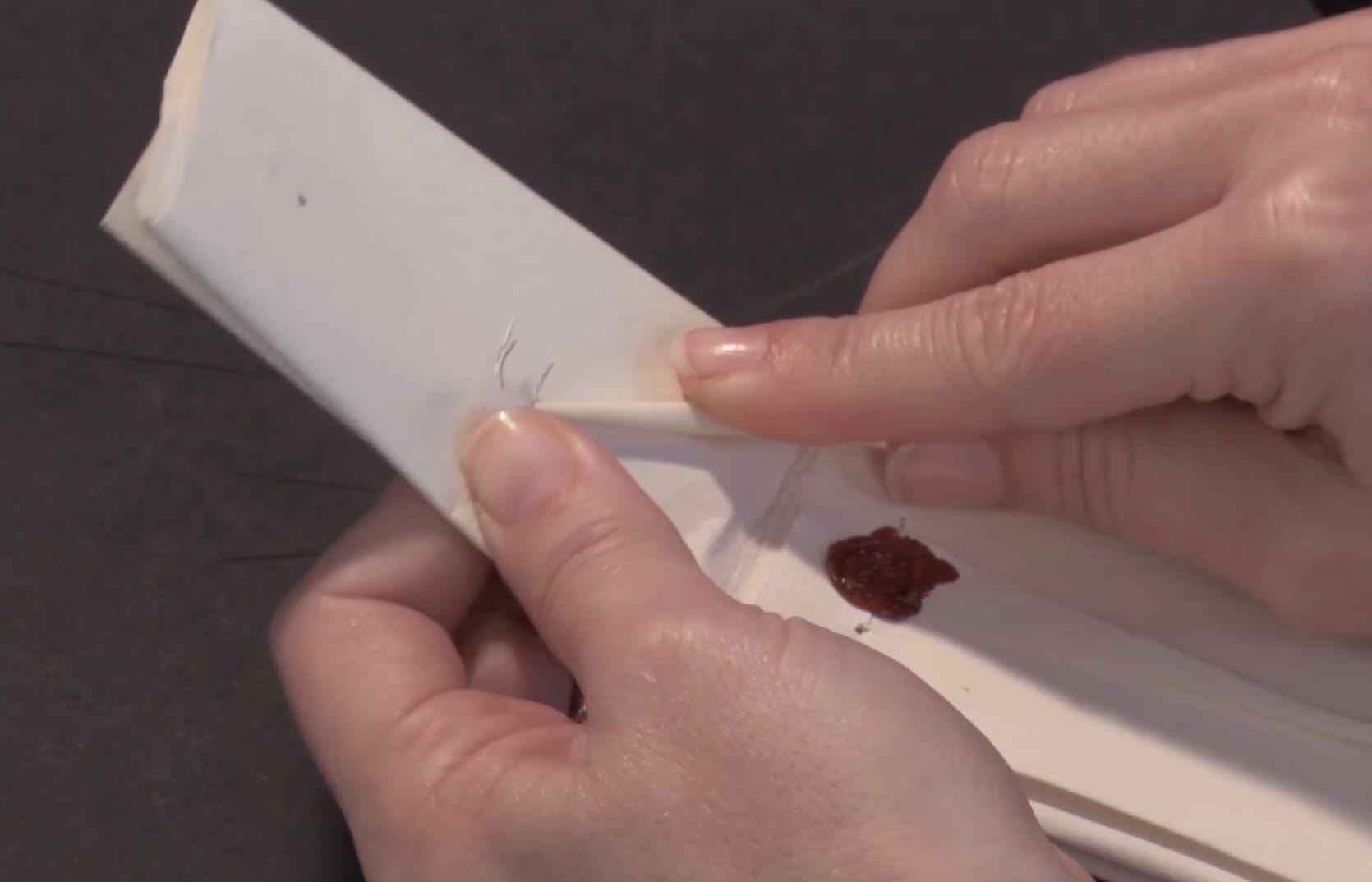The lost art of letterlocking
How did people seal their letters before there were mass-produced envelopes? Read more to find out!

Nowadays, we rarely—if ever—receive a handwritten letter. And when we do receive a letter, it is stuffed into a standard mass-produced envelope. But there was a time when paper was expensive and mass-produced envelopes did not exist. What did one do, then, to secure correspondence from prying eyes? Use the letter itself as the envelope, of course!
This concept is called letterlocking, and is not as foreign as it may seem—in fact, I'm sure everyone has done it in school. Have you ever folded a note and then secretly passed it to your neighbor? Have you ever folded your note in a triangle and flung it at your friend? You may not have known it, but you just discovered letterlocking! Today, let's delve deeper into this long-lost art.
A brief history
The practice of using the letter itself to seal the correspondence started to develop in Europe during the Late Middle Ages. Postal services were not trustworthy and everyone from ordinary citizens to royalty needed a way to keep their correspondence private. They achieved this by folding and cutting letters in various clever patterns. The tools used to create those patterns were knives, awl tools, bone folders, needles and thread, supple wax, and wax seals. Letterlocking is a modern term describing the way people built security into their correspondence, and the use of letterlocking continued to be common throughout the Late Middle Ages (1250-1500) and the Early Modern period (1500-1815).
Over hundreds of years, people created different letterlocking techniques to suit their needs, from simple folding designs to complex tamper-proof designs. Some people, for example Queen Elizabeth I, used different techniques from letter to letter. Some letterlocking techniques used by spies even included traps to thwart letter interceptors!
In the early days of postal services, the recipient was responsible for paying the postage. When a recipient refused to take delivery of a letter or couldn't pay, the letter was kept by a postmaster. In the early 2000s, two researchers from MIT received permission from a Dutch postal museum in The Hague to study 2600 letters, 577 of which were unopened, found in a huge trunk that belonged to postmasters Simon and Marie de Brienne. By studying those letters, sometimes using non-invasive technology such as x-rays, they were able to compile what they called a "periodic table" of letterlocking.

So far they have discovered at least 18 different formats, ranging from very simple format, only requiring a few folds, to very complicated formats that used multitude of folds, cuts, and tools. Let's take a look at a few of them below.
Regency technique
This is one of the simplest techniques, only requiring a few folds of paper. This technique was used by Jane Austen, as seen in the video below.
Technique used by Mary, Queen of Scots
On 8 February 1587, the eve of her execution, Mary, Queen of Scots composed her last letter ever. This letter was addressed to her brother-in-law. She needed to make sure that no one read it, especially her cousin, Queen Elizabeth I. This technique is a little more complicated, requiring a cut. You can see how she locked her letter in this video:
Intelligencer Simeon Foxe's dagger-trap pleated technique
Intelligence work requires safety measures and, obviously, secrecy. In the video below you can see a complex letterlocking technique with a trap inside. The intended recipient would know if anyone else read this letter and be able to act accordingly. You can see this letterlocking format in the video below:

Locking your letter
These are just a few examples to get you started. Jana Dambrogio and Daniel Starza Smith, the researchers of the above cache, have provided us with over 100 videos showing different letterlocking techniques. Check out the Letterlocking videos YouTube channel here.
In addition to that, these same researchers will be releasing a book on 4 March 2025, Letterlocking: The Hidden History of the Letter. Check the book release page at MIT Press for pre-order links from various retailers. More than 300 pages and over 250 color illustrations of various techniques will help you unlock an artist inside you. For example, if your letter consists of more than one page, use different locking formats for each page. Put all of the pages in one envelope and surprise your pen pal!
Albert Einstein said that "creativity is intelligence having fun"! So now it is your time to be creative and enjoy the art of letterlocking and teach your kids more secure methods of passing notes in school. I am sure the people receiving the letters will love it and will join in!
If you have any questions, feel free to reach out to me on Mastodon.




